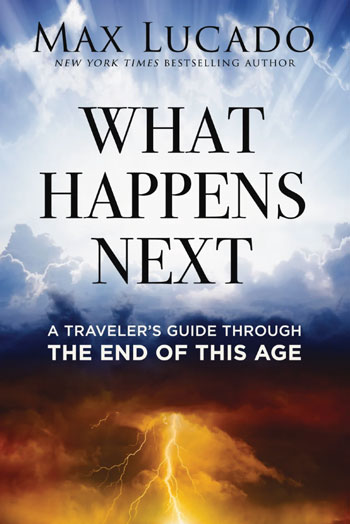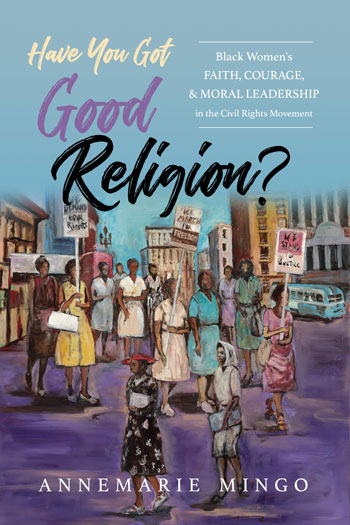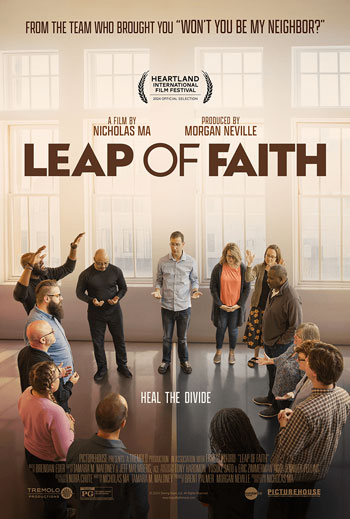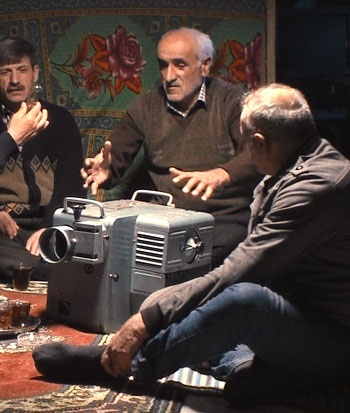Books

What Happens Next:
A Traveler’s Guide Through the End of This Age
Max Lucado
Harper Collins, 2024
Max Lucado’s latest book is a fascinating, hope-filled tour through some of the most perplexing and alarming material in Scripture. “We are all headed somewhere,” he writes in the introduction to What Happens Next: A Traveler’s Guide Through the End of This Age (Harper Collins, 2024).“Shouldn’t our destination be an obsession?” He opens with a sweeping biblical itinerary, from Creation to Eternal Life. Points of interest include the Rapture, the Tribulation, the Return of Christ, and the Millennium. On an individual level, Lucado addresses the question of what happens when we die. He delves deeply into scripture to portray a reassuring picture of what awaits believers.
Lucado is an informed and prudent guide to the End Times, pointing to “signs that warrant vigilance” while reminding readers that “no one knows about that day or hour” (Matthew 24:36). He shares stories that speak of human struggles and highlights the loving, forgiving nature of God, who provides people with ample opportunity to secure their future.
“We have a choice,” Lucado writes. “We can view the future through the eyes of fear or faith.” He encourages readers to choose the latter.

Have You Got Good Religion?
Black Women’s Faith, Courage, and Moral Leadership in the Civil Rights Movement
Anne Marie Mingo
University of Illinois Press, 2024
Anne Marie Mingo, a faculty member at Pittsburgh Theological Seminary, describes her book Have You Got Good Religion? Black Women’s Faith, Courage, and Moral Leadership in the Civil Rights Movement (University of Illinois Press, 2024) as “a race against the clock” to capture the oral histories of Black Churchwomen who were active in the U.S. Civil Rights Movement. Her interest in their contributions is personal: She introduces the book with a story about how her mother and aunt participated in lunch counter sit-ins, and how their own strict mother supported her husband joining the local bus boycott, but did not want her young adult daughters involved in protests.
The book draws from interviews the author conducted with over 40 women in Atlanta and Harlem; each chapter includes an in-depth profile of a woman who exemplifies one of the three virtues discussed in the book: freedom faith, courageous resistance, and theo-moral imagination.
As Mingo focuses on compiling details of the past, she simultaneously considers the future. How can the beliefs of these everyday women and girls in mid-20th century America – beliefs about God, society, racism, sexism, freedom, and their own agency – and their subsequent activism inform people who work for justice today?
Films

Leap of Faith
Directed by Nicholas Ma
108 minutes
Can we lower the heat on disagreements over social issues? This documentary follows a group of 12 Christian pastors from Grand Rapids, Michigan, as they commit for a year to meet division with kindness and hope.
The goal of the experiment is to work toward unity while maintaining their own core beliefs; their differences in race, ethnicity, gender, theology, and politics may stoke division, but that’s OK. As convener Michael Gulker of the Colossian Forum says at their first meeting: “What would it mean if all the polarization, fragmentation, and conflict were actually this amazing opportunity for the Gospel?”
Early on, participants mention various contentious issues – immigration, abortion, racism – but one about officiating for a same-sex marriage squarely splits the group. This becomes the primary lens through which the film considers disagreement.
The pastors’ deep-seated beliefs and feelings demonstrate there’s no easy way to bridge division. Each person’s commitment to the group and to each other, however, promotes unity. They recognize that lashing out or shutting out does not help. As one pastor explains, “Being in relationship with these 11 people has changed me.” Another succinctly communicates the film’s underlying message: “The fact that we disagree is not insurmountable.”
Films

Return of the Projectionist
Directed by Orkhan Aghazadeh
90 minutes
This film is a testament to the magic of movies far beyond Hollywood, Bollywood, or any other cinematic center. It tells the story of Samid and Ayaz, an unlikely duo in a rural village in the mountains of Azerbaijan. Grandfatherly Samid served as the town’s projectionist during the Soviet era, and he wants to dust off the old projector – which he has held onto for the past 30 years – and start showing movies again. Ayaz is a teenager who spends his days making animated shorts and dreaming of seeing them on a big screen. The two become friends when Ayaz shows Samid his attempt at building a projector of his own. This spurs Samid into action. He tracks down a new bulb, the one missing piece required to get the projector running, and involves Ayaz and the rest of the village in realizing his dream. The actors play themselves, and the film is an unusual “docu-fiction” hybrid, balancing lighthearted charm with unvarnished desolation, all while emphasizing the power of pursing a dream – and the faith that’s required to sustain that pursuit.
Have you found an absorbing book, movie, or musical artist? Write to us: editors@intrust.org